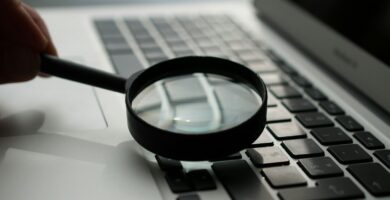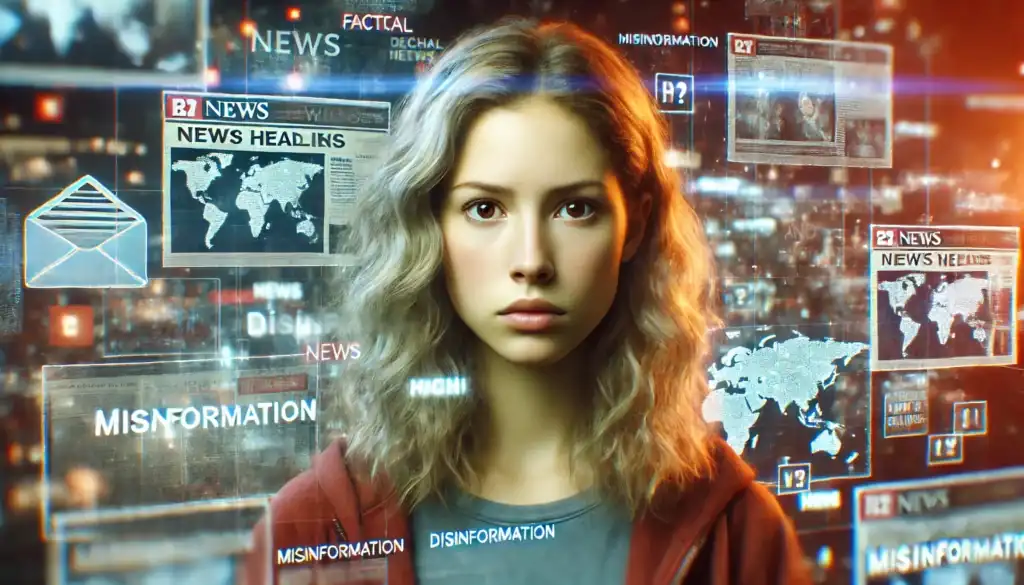In today’s post-truth eranearly 50% of internet users, the line between reality and fiction has blurred significantly. The spread of false information—whether by accident or intent—has become a global issue, influencing public opinion, destabilizing democracies, and eroding trust in institutions. According to a recent study, have encountered fake news in some form, and the rise of social media has only exacerbated the problem.
Defining Misinformation and Disinformation
It’s essential to understand the difference between misinformation and disinformation to navigate the complex media landscape effectively.
- Misinformation refers to false or inaccurate information that is spread without the intent to deceive. For example, a person might unknowingly share an outdated news article thinking it’s current.
- Disinformation, on the other hand, is deliberately misleading or biased information spread with the intent to deceive. An example of disinformation would be a fabricated story created to sway public opinion during an election.
The distinction lies in intent—misinformation is often a result of ignorance, while disinformation is calculated and strategic.
Misinformation vs. Disinformation: A Comparative Table
| Aspect | Misinformation | Disinformation |
|---|---|---|
| Definition | False information shared without harmful intent | False information shared with the intent to deceive |
| Examples | Sharing outdated articles, spreading rumors | Fake news, doctored images, propaganda |
| Impact | Can cause confusion and mislead people unintentionally | Can manipulate public opinion and lead to harmful actions |
Expert Opinions on Misinformation and Disinformation
Experts agree that both misinformation and disinformation pose significant threats to society’s well-being. Dr. Claire Wardle, an authority on media literacy, emphasizes that disinformation is particularly dangerous because it can be weaponized to polarize communities and disrupt social harmony. Similarly, psychologist Dr. Sander van der Linden points out that repeated exposure to false information—whether intentional or not—can lead to a “cognitive bias,” where individuals start believing falsehoods simply because they have heard them repeatedly.
Navigating the Information Landscape
To protect ourselves from the dangers of misinformation and disinformation, it’s crucial to develop media literacy skills. This means questioning the sources of the information we consume, checking the credibility of the content, and being aware of our own biases. By doing so, we can better differentiate between what’s true and what’s false, ultimately contributing to a more informed and stable society.


